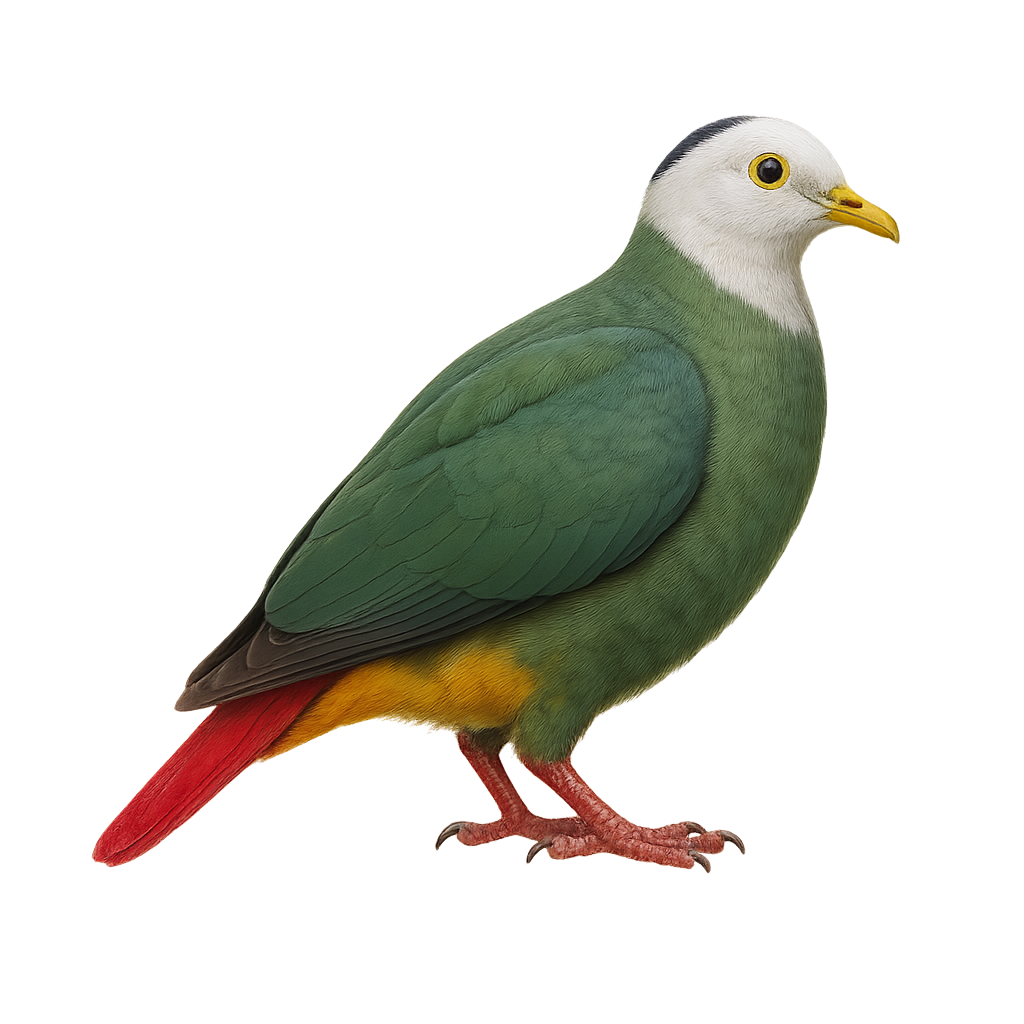Your wildlife photography guide.
Explore the black-naped fruit dove in detail, study its behavior, prepare your shots.
Where to observe and photograph the black-naped fruit dove in the wild
Learn where and when to spot the black-naped fruit dove in the wild, how to identify the species based on distinctive features, and what natural environments it inhabits. The WildlifePhotographer app offers tailored photography tips that reflect the black-naped fruit dove’s behavior, helping you capture better wildlife images. Explore the full species profile for key information including description, habitat, active periods, and approach techniques.
Black-naped Fruit Dove
Scientific name: Ptilinopus melanospilus

IUCN Status: Least Concern
Family: COLUMBIDAE
Group: Birds
Sensitivity to human approach: Suspicious
Minimum approach distance: 5 m
Courtship display: March to April
Incubation: 14-16 jours
Hatchings: March to May
Habitat:
Humid tropical forests, mangroves, secondary forests
Activity period :
Primarily active during the day, with peak activity in the morning and late afternoon.
Identification and description:
The Black-naped Fruit Dove is a medium-sized bird, measuring about 24 cm in length. It is notable for its colorful plumage, with a black head contrasting against its bright green body. The wings show shades of yellow and blue, while the underside is paler. This bird is primarily frugivorous, feeding on various fruits and berries. It is often seen in small groups in humid tropical forests, where it plays a crucial role in seed dispersal. Although generally discreet, its soft and melodious call can be heard through the canopy. The Black-naped Fruit Dove is a resilient bird, capable of adapting to different habitats, but remains vulnerable to deforestation.
Recommended lens:
400 mm – adjust based on distance, desired framing (portrait or habitat), and approach conditions.
Photography tips:
To photograph the Black-naped Fruit Dove, it is advisable to use a telephoto lens of at least 400mm to capture precise details without disturbing the bird. Look for areas where fruits are abundant, as these birds are often attracted to such places. Be patient and discreet, as although they are suspicious, they can get used to a calm presence. Use a tripod to stabilize your camera and wait for the right moment to capture their colorful plumage in natural light.
The WildlifePhotographer App is coming soon!
Be the first to explore the best nature spots, track rutting seasons, log your observations, and observe more wildlife.
Already 1 414 wildlife lovers subscribed worldwide

